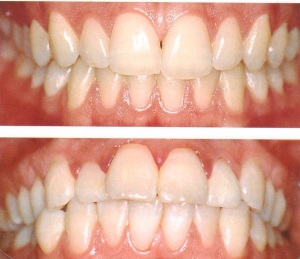Scaling is one of the most common dental treatments in recent times. Scaling is accompanied by the polishing which is quite useful. Scaling basically cleans the areas in between the teeth as well as in the areas around the gums.Please log in to www.aesthetica.co.in for details
Scaling is mainly divided into subgingival and supragingival types depending on the patient’s condition. Supragingival scaling is the basic scaling type done in order to remove the plaque and calculus from the areas above the gingiva. Supragingival scaling is mainly done with the scalers which mainly include the anterior jacquet, posterior jacquet, cumines, interdental scaler as well as surface scaler. All of these scalers are being used according to the requirement of the removal of plaque and calculus. In the areas in between the teeth, the interdental teeth are used. Posterior jacquet is used in the areas like the molars as well as for overall cleaning of the calculus. Surface scalers are used to clean the stains formed on the teeth. These stains are usually due to tobacco chewing, cigarette smoking as well as consumption of liquids with more acidic content. Stains are usually more visible than the calculus. So, nowadays one of the most important tasks in scaling is the removal of the stains. Subgingival scaling is done for the patients who have calculus present below the marginal gingival. This can be detected by probing carefully into the gingival or periodontal pockets.
Scaling is very essential to maintain a good periodontal health. A good periodontium is important for longstanding health of teeth in the oral cavity. Proper scaling done by trained dentists and recall visits are essential to keep a patient’s periodontium healthy. If scaling has to done for a diabetic or patient with a heart ailment then both the patient as well as dentist should be careful about the condition of the patient. Antibiotics and other medicine taken by the patient are noted in order to avoid the allergies with the dental treatment.
Gingivitis and Periodontitis are one of the most common periodontal diseases. Proper scaling reduces the progress of these diseases and improves the periodontal condition of the patient. Increased attachment loss is seen in periodontitis. So, if proper scaling is done when the diagnosis is done then worsening of the condition is prevented. In this way, scaling acts as a boon to prevent such diseases on time. Even after this if the problems persist, and then root planning is recommended so that the remaining calculus as well as embedded cementum is removed on time. This smoothens and cleans the root surfaces of the teeth.
Polishing after scaling provides a good shine and required esthetics to the tooth which have undergone scaling. This keeps the patient confident about his smile and motivates him to be in regular touch with the dentist. Once the patient visits the dentist for regular scaling and polishing, then soon he will be free from common periodontal problems which have connection to many of the systemic conditions like diabetes and hypertension. So finally, a combination of scaling and polishing is a boon for a healthy periodontium.



